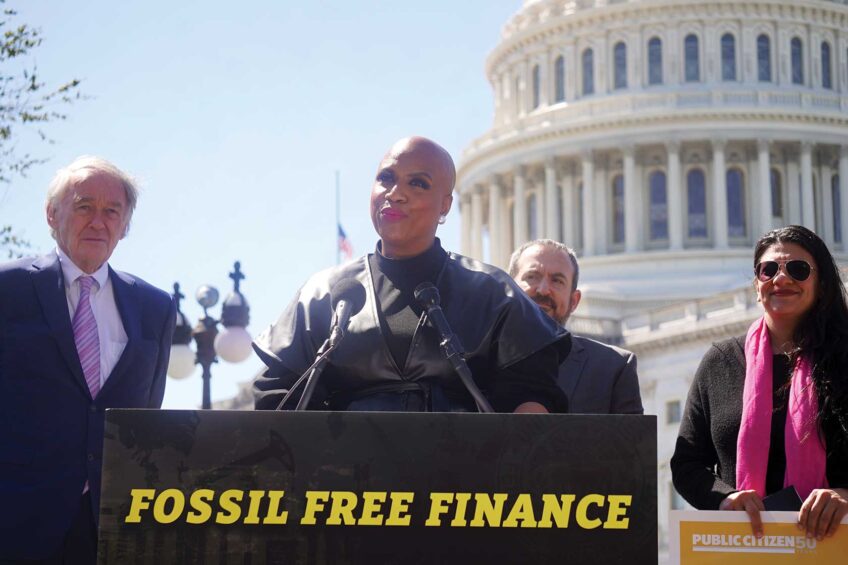
For two years I managed to avoid reading “The Help.”
I didn’t read it because I didn’t need to. Whenever hordes of white women of casual acquaintance start coming up to me at cocktail parties or on the street and grasping my hand and telling me that I have to read this “wonderful” new book I can safely assume several things:
One — The book will be “about race.”
Two — It will involve white people saving black people or, rather, appearing to save black people while really being spiritually and morally redeemed themselves.
Three — It will in no way make white readers uncomfortable about the complicated subject of race in America.
Four — It will make me ill.
From past experiences, I’ve learned that the best course of action for me whenever one of these soft bombs oozes over America is to simply opt out.
I don’t tell others not to read/see these works, or suggest how these works might influence them. I try to keep silent when folks gush about how wonderful they are. I simply agree to disagree.
I bite my tongue when someone suggests that such works “at least gets people talking about race” — as if talking about race in the soft, rose-colored, deeply artificial glow of such books and movies is of any real benefit.
I did all of this and was content, until last month, when my friend Callie Crossley asked me to appear on her radio show on WGBH to discuss the cultural phenomenon the book has apparently unleashed. In other words, the invitation meant that I had to engage the beast.
Girding my loins, I borrowed a copy from a friend and hunkered down. Then I went to the movie of the same name. Let me just say this: Somebody owes me those precious hours of my life back. I’ll take payment in gold.
Let’s dispense with the nonsense first. Does the author, Kathryn Stockette, have “the right” to create a story about black people and written partially in the voices of black characters? Of course she does. Writers have the right to inhabit the minds of any character they choose, libel laws notwithstanding. Besides, this is America; the right of white people to exploit black people for fun and profit is written in the Constitution, I believe. Last time I checked, anyway.
Am I criticizing or judging the black actors who participated in the movie version? No. Viola Davis is amazing; I’d watch her read the phone book and applaud and certainly she has a right to accept any role she desires to play.
I would only note that 71 years ago years ago, when Hattie McDaniel became the first African American to win an Oscar, it was also for playing a maid. McDaniel, beating back criticism for her portrayal of Mammy in “Gone With The Wind,” said, “I’d rather play a maid than be a maid.” Are they the only options of our fine actors still today?
Why can’t I just see the book as a simple, personal tale that was not intended to carry any meaning beyond itself and therefore does not? Because as a writer and novelist myself I know better. I know that words matter, that words alter people’s perception of reality, and that doing so can change the world, for better or worse.
“Uncle Tom’s Cabin” was also just a novel but when Lincoln met Harriet Beecher Stowe he said, “So you’re the little woman who started this great big war.”
My issues with the book are legion. They begin with the awful dialect of the black southern characters while allowing the white southern characters to speak in perfect English.
Secondly, the willfully blind and arrogant insistence that the relationship between privileged white women in 1960s Mississippi and the impoverished, often undereducated black women who had little choice but to depend upon them for employment — and thus life itself — was fundamentally one of “love,” “equal” and “pure at heart.”
Love so deep that when the white protagonist’s maid (played heartbreakingly by the great Cicely Tyson in what may well be her final film role) is betrayed by her employer she dies of a “broken heart.”
When I saw the movie the audience was full of sniffly tears at this scene but I was fascinated by the implications. Think about that: This woman has lived all her life under the boot of the most vicious racism in the land and survived. Her daughter has escaped to Chicago and apparently carved out, against all odds, a sense of self-worth and identity. And yet she dies of a broken heart because a white woman turns her back on her.
With this plot point the author placed white people at the center of a black woman’s experience. And this, I think, is the crux of it, the heart of the book’s wild popularity and appeal. For some white Americans the greatest fear is not that black folks secretly hate them, it’s that black people find them irrelevant. Especially in matters of the soul and heart.
Sure, in 1960s Mississippi a black woman had to pay attention to white people for financial and personal survival. But hand over her love and her heart? Spend her time away from work worrying about her mistress or even the white children in her care? Whose experience is this, really? Whose fantasy?
The opposite of love is not hate, it’s indifference. Next, there’s the ignorant misunderstanding of the civil rights movement.
The civil rights movement of the 1950s and 1960s, and every movement which preceded it, were not a petition. They were a demand. To quote Frederick Douglass: “There is no Negro problem. The problem is whether the American people have loyalty enough, honor enough, patriotism enough, to live up to their own constitution.”
After that misinterpretation, and in no particular order of aggravation, other issues with “The Help” include:
• The suggestion that the civil rights movement was launched, or primarily driven, by altruistic white Americans.
• The disinclination to acknowledge the very real and present connection between the privilege and wealth of the good-hearted, well-intentioned white protagonist and the very real conditions of the black maids she wanted to befriend.
• The fact that the white protagonist goes off at the end of the book to fame and fortune in New York while the black characters are left either unemployed, in danger of lynching or both. In some ways, this was the thing I enjoyed most about the book, because it perfectly represents, in a kind of metafictional way, the reality of both “The Help” itself and the whole long history of racially-exploitive literature.
• The pie. I mean, seriously. For one thing, had Minnie really done what the book suggests she did she would have to be a fool, because the act would surely invite certain death.
More importantly, and more demeaning, the character of Minnie was structured around the core of her cooking. As Alice Walker wrote in her great essay, “In Search of Our Mother’s Gardens,” for the black women of the Jim Crow South gardening and cooking and sewing and quilting were often the only possible outlets for their creative expression. These were not just domestic necessities — this was their Art. Minnie was an artist.
To suggest that she would bake a pie full of her own waste not only degrades black women but makes a mockery of the character’s creative force. Is it possible a black woman of any stripe, let alone one who prides herself on her cooking, would do such a thing? Sure. Is it likely? I hope not. Is it amusing, something to laugh about? Not at all.
One could go on, but why bother? For me the best thing to come out “The Help” is the rededication, in the wake of it, I have seen among black writers and poets to telling their own stories. Eighty-odd years ago W.E.B. Du Bois, in his great essay “The Criteria of Negro Art,” asked, “Suppose the only Negro who survived some centuries hence was the Negro painted by white Americans in the novels and essays they have written. What would people in a hundred years say of black Americans?”
Kim McLarin is a novelist and professor at Emerson College.






